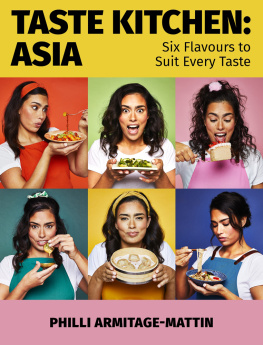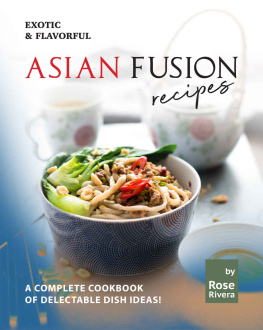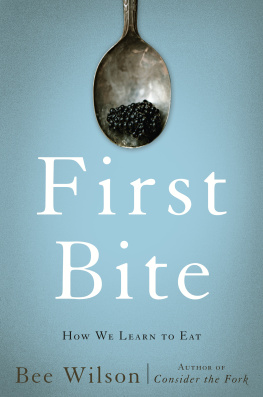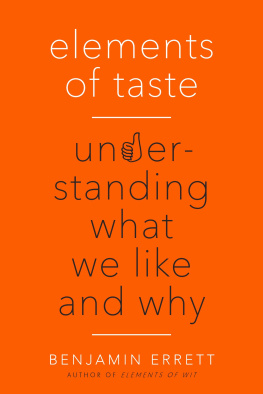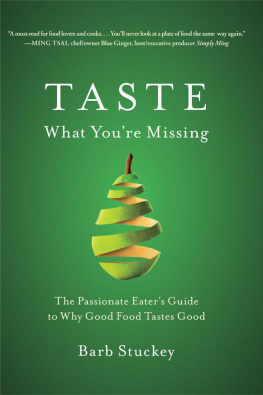Foreword
HESTON BLUMENTHAL
In the preface to this book, John mentions the Icelandic dish hakarl, in which a shark is buried in gravel until it rots, then dug up and eaten. Apparently, these fish dont pee the way other animals do; instead, they expel uric acid through their skin. So if you inter one and leave it a while, the acid turns to ammonia, tenderizing and preserving the flesh.
Ive had my own run-in with hakarl, when I was in Iceland looking for ideas for a fish feast that I wanted to create. Its hard to describe what a horrible experience it is. The smell alone made me want to gag. (Think of the most eye-wateringly pungent blue cheese youve ever smelled, then up it by a factor of ten.) I chewed my morsel of putrefied shark for about fifteen seconds before spitting most of it out and rinsing my mouth with the local spirit, brennivn. This is the traditional accompaniment to the dish, although ordinarily its drunk from a glass as a chaser, rather than straight from the bottle and swilled like mouthwash!
The fact that someone could think up a dish like hakarl, and that some people actually enjoy it, shows just how complex our food likes and dislikes are. We tend to think of our food preferences as personal unique expressions of our personality but, as John demonstrates in this fascinating book, our likes and dislikes are actually the result of a labyrinth of different influences, many of which we are oblivious to. Evolution and our genetic inheritance prompt us to respond positively to particular tastes, especially saltiness and sweetness, and to be wary of others, such as bitterness. Not surprisingly, we also pick up a lot from our parents, both psychologically (by copying their food choices) and physically (research has shown that if a newborn regularly ingests a particular flavour via breast milk, they are likely to grow up with a liking for foods containing that flavour). Society plays a part: whether we realize it or not, we are all influenced by the culinary values of the society in which we live, which can lead to radically different ideas about whats acceptable to eat. The Japanese will happily eat live soft-shelled crab, which many of us would refuse to do, yet they find rice pudding repulsive. And, on top of this, we subconsciously make all kinds of associations between food and particular experiences that govern how we respond to that food in the future.
John is the perfect guide through this labyrinth. He has all the latest scientific developments and thinking at his fingertips and explains it all in simple, accessible, jargon-free language, backed up by lots of vivid, instructive examples and case histories. Among these pages, for example, we learn that newborns appear to prefer soup to which MSG has been added, which suggests we are genetically predisposed to like and seek out the savoury umami taste. We learn that the fear of food novelty (neophobia) can be inherited: identical twins are more likely to show similar levels of neophobia than non-identical twins. We learn that food aversion is sense-dependent: animals such as humans and rats, which use smell and taste to track down food, tend to become averse to a taste or aroma associated with a food that has made them ill, whereas quails, which hunt by means of sight, are more likely to register the colour of a food that has made them ill, and be wary of that instead. We even learn that vampire bats are the only mammal that doesnt have food aversions! (Johns book is full of intriguing little facts like this that youll find yourself lobbing into conversations.)
In one of the scientific studies John quotes, participants were all fed an identical dish, but were given different descriptions of what it was. Some were told that it was cold smoked salmon mousse; others that it was smoked salmon ice cream. There was a markedly more positive response among those who thought they were eating a mousse, which shows how important expectations are in our enjoyment of food. The notion of a seafood mousse is familiar and therefore offers no impediment to enjoyment; fish-flavoured ice cream, on the other hand, is unexpected and therefore more difficult to make sense of. The catalyst for this research was a crab ice cream that I developed as a garnish for crab risotto at my restaurant, The Fat Duck. I noticed that people not only found it easier to accept the ice cream if I called it frozen crab bisque, they also thought it tasted much less sweet. It was probably at this point that I realized just how complicated and subjective are our food likes and dislikes, and began talking about the subject with scientists like John. What I discovered undoubtedly had a powerful influence on the direction my cooking has taken.
Taste Matters is of huge interest to the cook because it offers valuable insights into what is actually going on as we eat, and is likely to inspire all kinds of ideas about how to produce food that is pleasurable and memorable. But its not just for cooks and scientists. Food is such a central part of our lives that whats in these pages will be of interest to everyone, whether youre a parent looking for ways to get your children to eat more widely or a reader just trying to work out what makes us humans tick.
PREFACE
Brussels Sprouts and
Ice Cream
If you live in Europe, the USA, Australia or a host of other countries, strongly flavoured, fermented beans natto are not a natural breakfast choice, as they are in Japan. But no Japanese consumer was born liking natto, any more than I was born liking fried slices of fatty pig meat. How did I end up liking bacon for breakfast and my notional Japanese counterpart, natto?
It is not difficult to find food preferences in other cultures that fall into the category of How can anyone possibly eat...? Thus, to prepare the traditional Icelandic food hakarl, you start with a poisonous Greenland shark, its meat rich in uric acid, then bury it in gravel for two or more months so that it rots, and then serve, ideally accompanied by a shot or two of brennivn, a high-potency vodka equivalent (translation: burning wine). The flavour, apparently much appreciated by Icelandic gourmands, is reminiscent of concentrated ammonia. There is no doubt that this dish, like many culturally specific delicacies and no list is complete without crisp grass -hoppers, sheeps eyes, tea with yak butter and Vegemite tends to be considered with a shudder if you happen not to be from that culture. In other words, some food preferences are puzzling.



